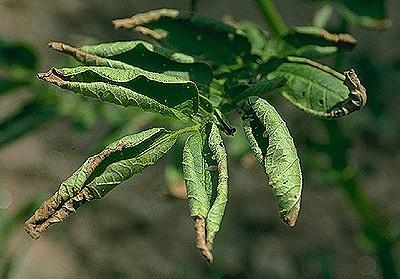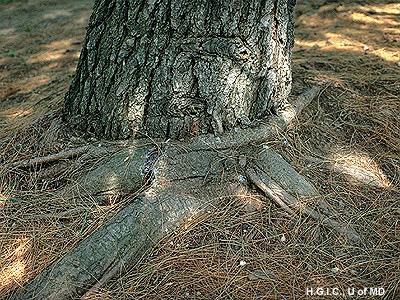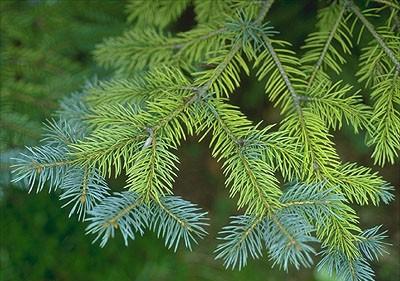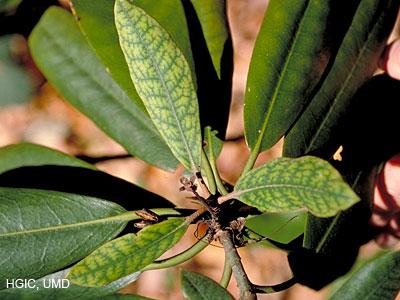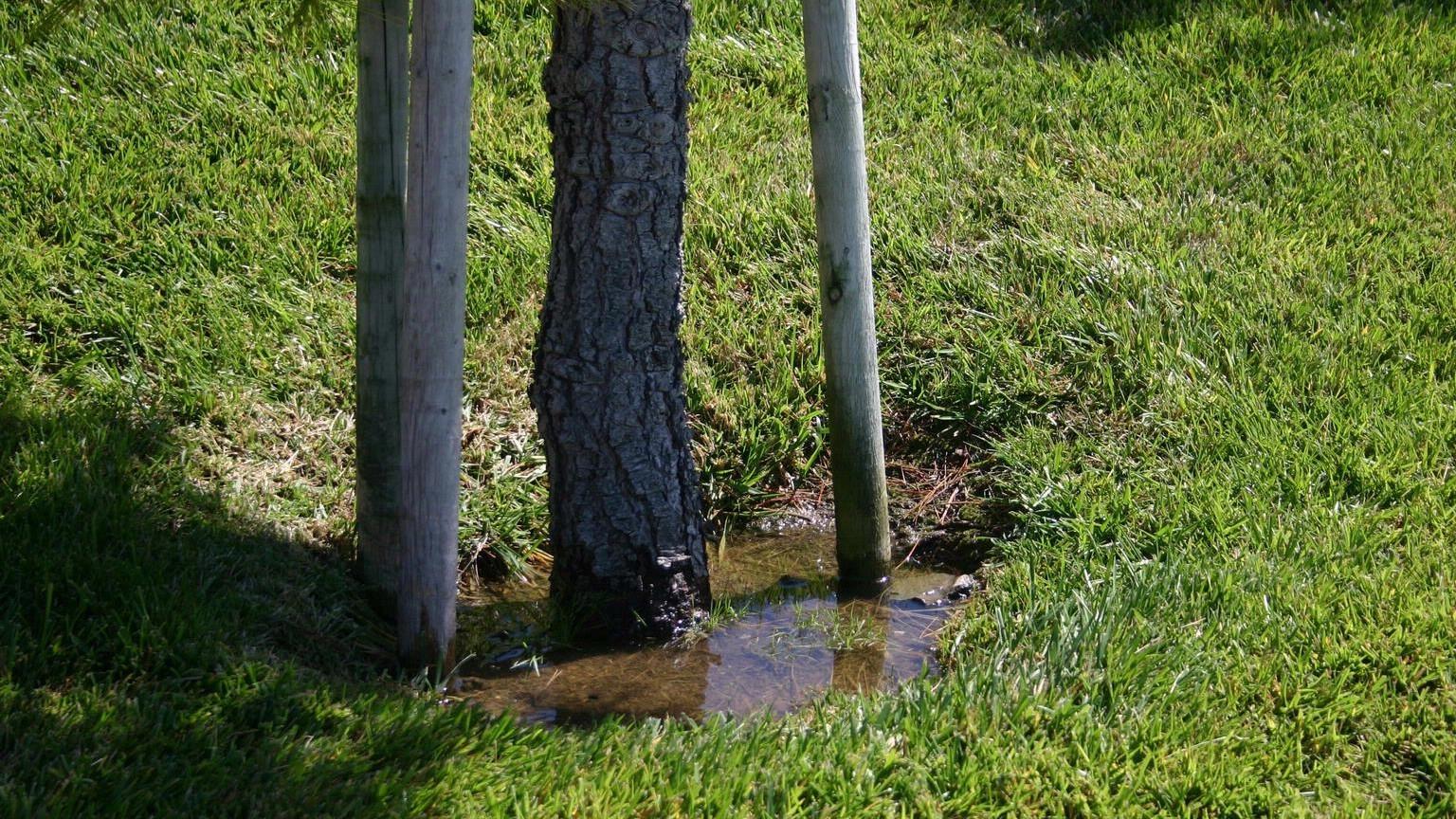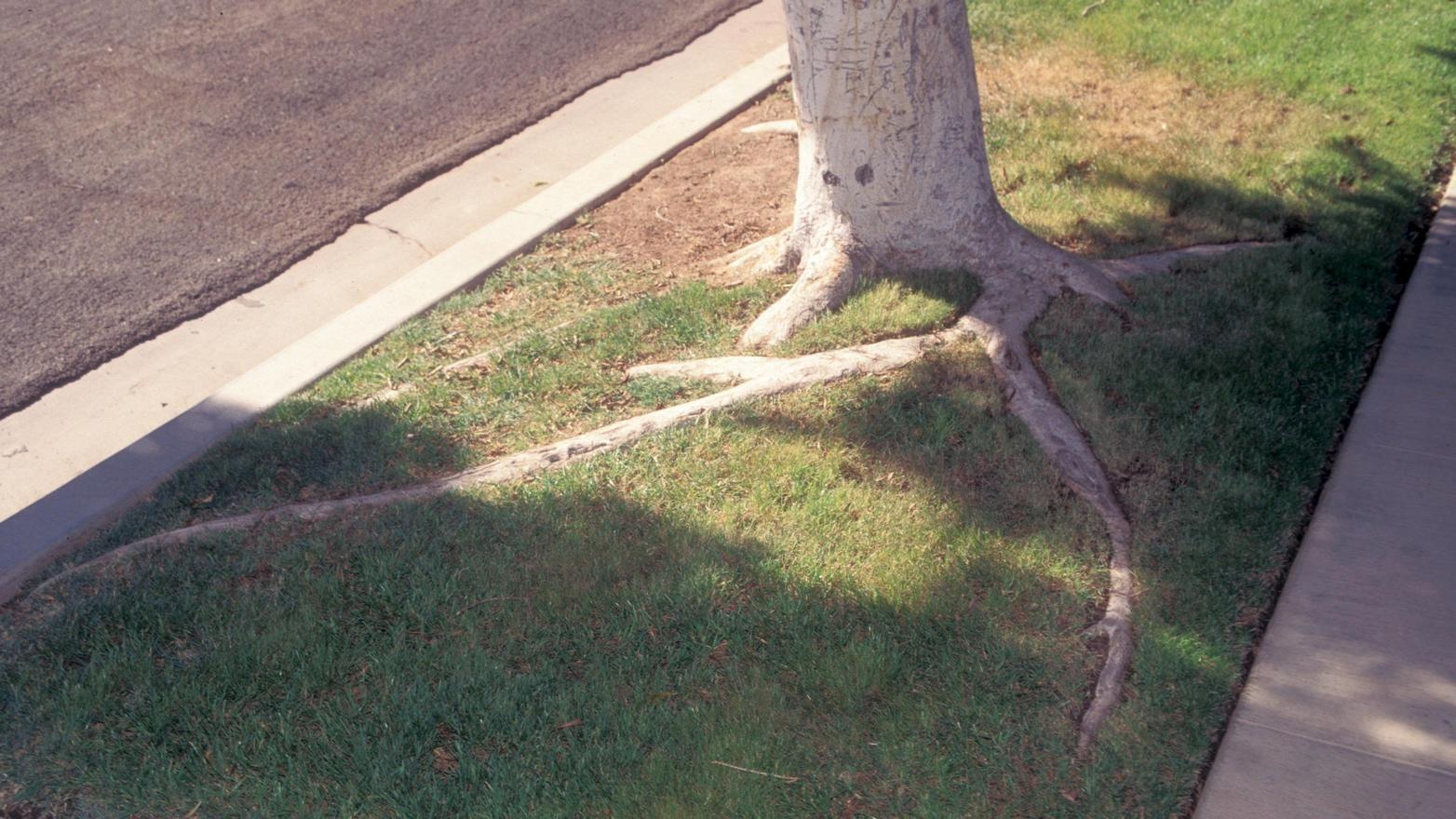Abiotic factors that contribute to the decline of trees and shrubs
A plant problem that is NOT caused by a disease or insect organism is called an "abiotic" injury.
- Tree and shrub problems, to a large degree, are not due to diseases or insects. Professionally, the causes are often referred to as abiotic (Latin word meaning “without life”) causes. Simply, we can refer to them as stress factors.
- It may take a long time for symptoms to appear or it can appear very suddenly. But, by the time it becomes obvious that a tree or shrub is dying, it is often too late to correct the problem.
- Diagnosing abiotic plant problems can be difficult. Multiple factors may be involved, including evidence of insects or disease.
- There could be both abiotic problems and evidence of an insect or disease issue. As stressed plants are more susceptible to disease and insect infestations.
- Determining the difference between the “symptom” and the “sign” of a problem is the first step in making a diagnosis.
- Careful site selection, proper planting, protecting trunks and roots from mechanical damage, watering during plant establishment, and during dry weather are some ways to protect plants from stress factors.
- It is important to recognize stress symptoms early to prevent further decline.
- Trees planted in natural areas and native soil have a much longer lifespan than trees planted in a typical home or commercial landscape.

